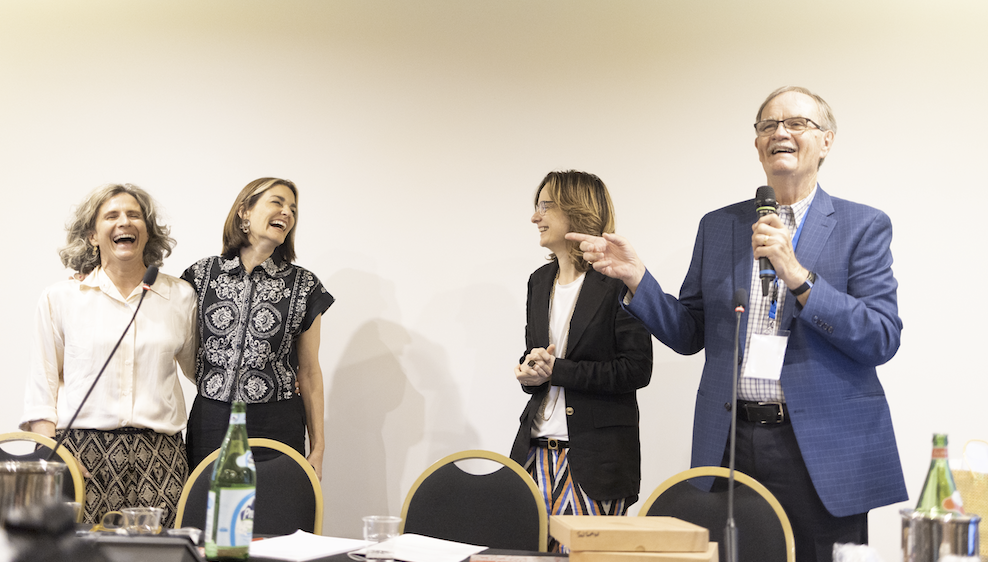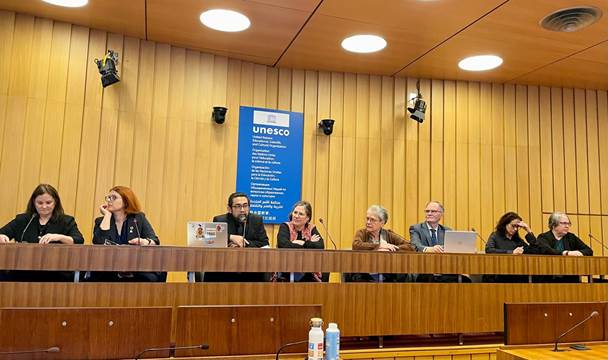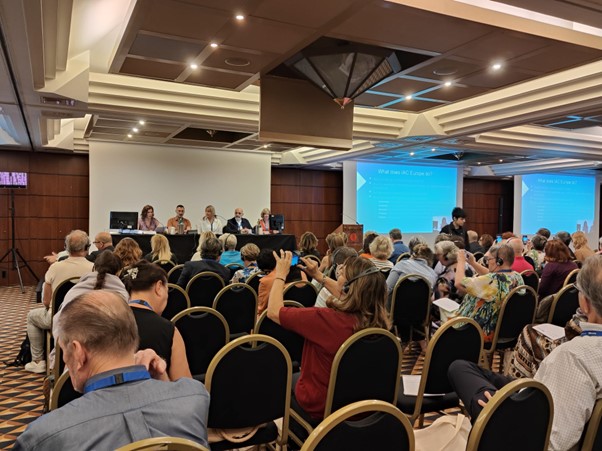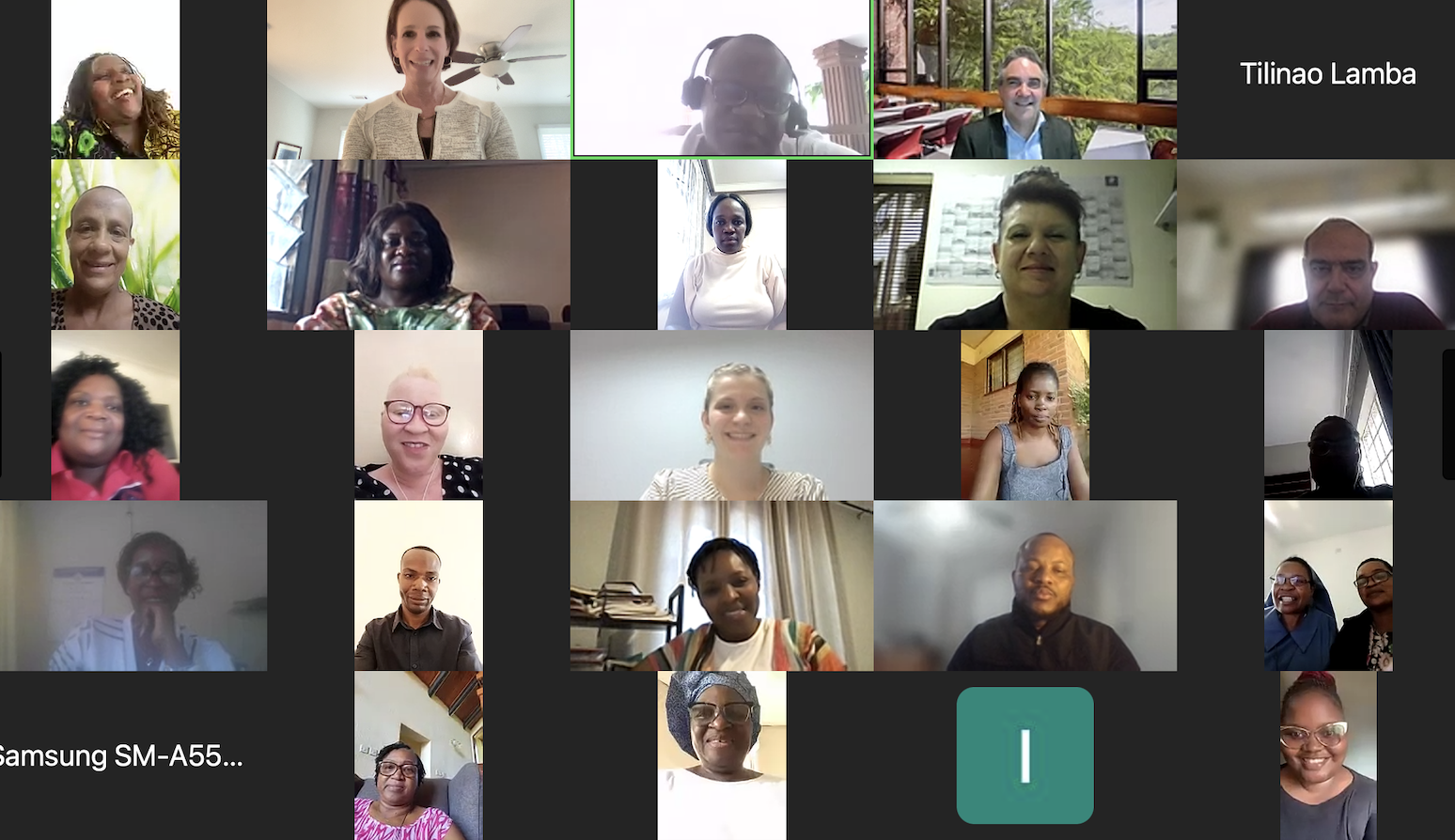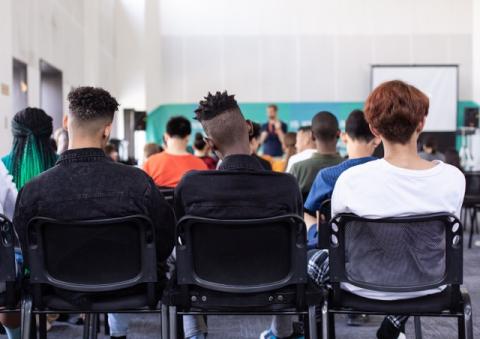
by William G. Nicoll, Ph.D.
A report published some three decades ago by the Center for Social Policy at Harvard University concluded that our social service systems were failing to adequately address the needs of at-risk youth (Weissbound, 1991). The primary reason, they concluded, was that social service professionals (mental health, drug treatment, medical health, educators, social workers, and so forth) tend to function largely in isolation from one another and within all too narrow and rigid areas of focus or concern.
Schools focus on academic achievement, health agencies on physical illness, drug programs on drug abuse, mental health professionals on mental-emotional disorders and so forth. Unfortunately, child and adolescent problems seldom present in such neat, tidy, and distinct categories. A much wider lens is required to fully comprehend the involvement of multiple contributing factors. Youth daily navigate through multiple cultural environments: their family culture, school culture, the classroom cultures set by varying teachers, peer and community cultures, socioeconomic cultures, religious cultures, and so forth. All impact healthy, or not so healthy, development.
As an example of this complexity, an adolescent female may fail to attend school and thus get failing grades and eventually quit because she must stay home and care for her younger sibling due to parental drug/alcohol abuse, parental work schedule, or domestic violence. This, in turn, may continue a multi-generational pattern of low education, unemployment, poverty, depression, substance abuse, and physical and mental health problems. Or a 12-year-old female dealing with parental neglect and impoverished living conditions is bullied at school. This results in her fighting with the bully and consequently the school enforces an automatic policy of a 5-day school suspension (a proven counterproductive discipline strategy). While suspended, this girl finds pseudo-affection/connection with a 17-year-old male drop-out resulting in her pregnancy and becoming a mother by age 13.
An additional example is that of a 13-year-old male failing in school and being routinely reprimanded for failing to turn in assignments or complete schoolwork. The school counselor focuses on teaching him skills for maintaining an “assignment notebook” to help him keep track of his homework. However, the fact that he lives with an alcoholic grandfather, and cares for a bed-ridden, dying grandmother while his military father is abroad in a combat zone and his mother is in prison is ignored as a factor in his school adjustment difficulties.
Similarly, a child presenting with diarrhea and stomach aches is referred to a nurse and is given medications. The etiological factors beneath the physical symptoms such as emotional distress caused by divorce and peer bullying are left unaddressed. All too often our social service systems treat each person and each symptom in isolation. As the Harvard study concluded, it is all too often a “program for every person, a treatment program for every problem.” Much too often, little or no consideration is given to possible multi-etiological dynamics involved in child and adolescent adjustment difficulties.
Indeed, at times, the understanding of child/adolescent difficulties begins to remind one of the Buddhist and Hindu fable of the seven blind men and the elephant. As the seven blind men come across an elephant for the first time and seek to identify what an elephant is, each focuses on a separate body part instead of the whole. Consequently, each is paradoxically both correct in his/her conclusions from the limited scope of exploration but also incorrect in fully understanding what an elephant is. Counsellors too, often fall into this “too narrow a lens” trap!
Widening Our Counselling Lens?
Counsellors would likely be better equipped to design appropriate prevention and intervention programs for children and adolescents if their training included assessing the multiple cultural contexts impacting children’s lives (i.e., widening their viewing lens). These include: the family system, school cultures, classroom environments, community culture, and peer culture as well as how these systems, in turn, impact one another in both productive and counterproductive ways.
The Adverse Childhood Experiences (ACEs) research of recent years adds to the importance of addressing family, school, and community cultures in examining social-emotional adjustment difficulties (Anda & Felleti,1998; Barth et al., 2008; Pierce et al., 2022).
Indeed, research has consistently indicated that family dynamics account for more of the variance in student achievement than all the instructional variables combined and significantly impacts motivation, self-esteem, and behavior (Goode & Brophy, 1986; Ishak et al., 2012; Steinberg et al., 1992). Moreover, studies have also documented that school culture, not curriculum or organizational strategies, is crucial in determining school quality, student success, and social-emotional adjustment (Bayer & Hurriyat, 2021; Goodlad, 1989; Moses, 2019; Resnick et al., 1997; Rutter et al., 1983).
How can any counsellor then effectively assess and intervene in addressing child/adolescent adjustment difficulties without some training in the role of family systems/family counseling, school culture effects, and community culture impacts on youth development? Yet, we continue training in isolated specialization areas (e.g., family, school, mental health). And, what of the need for other social service professionals to be trained in basic counselling skills? Should not counselling organizations and university programs seek to offer all social service front-line professionals training in basic counselling knowledge and skills? As stated in that 30+ year old report, “It is still the atypical worker, and not the typical one, who can draw on some knowledge in all of these areas” (Weissbound, 1991, p. 9).
Avoiding the Narrow Lens of Guilds and Silos
Farmers store their harvests in separate silos, one for each product (wheat, rice, corn, etc.). Human service professionals, including counsellors, are very similarly trained only within their respective “professional silos.” Such separated training programs for those engaged in promoting the wellbeing of children and adolescents (mental health counsellors, school counselors, family counselors, teachers, administrators, special education teachers, social workers, law enforcement, health professionals, and so forth) lead to the all too narrow, mistaken perspectives of the blind men and the elephant. Each is educated in isolated departmental “silos.” But, the complexity of the problems and issues impacting youth suggest a need for the “cross fertilization” of professional knowledge as well as experiences in collaborative assessment and development of preventive and intervention programs across the human services disciplines.
In past centuries, professional guilds were formed to protect professional standards. Guilds served the function of reducing competition and protecting the economic and social status interests of those in that guild. However, such benefits to guild members were not necessarily always beneficial to the general public. Perhaps as human services professionals, we have fallen into a similar pattern of training in isolated silos and forming guilds that can also have adverse effects for the public.
So, the questions become those of: How do we advocate for the counselling profession (an IAC objective) while simultaneously seeking to improve people’s lives and well-being by sharing our professional knowledge with other “front line” workers? How do we balance the need for both highly trained counselling services while also helping to provide needed services in those areas where such training is absent, yet mental health services (preventive and intervention) are much needed? And, finally, how do we begin breaking down our own intra-professional counselling specialization silos and widen the viewing lens of all counsellors?
William G. Nicoll, Ph.D. assists in the development of IAC professional development events and, along with his wife, Monica, co-directs the Resilience Counseling & Training Center - www.resiliencecounselingcenter.com.

